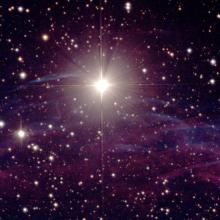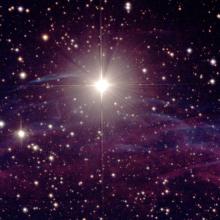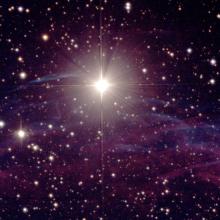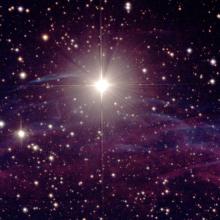
Stargazing at the Mittelman Observatory
The Mittelman Observatory is hosting a stargazing event on the MBH roof deck from 8:00 - 10:30pm on Friday October 17th. This event is open to the public. For safety reasons, attendance is limited and registration is required. Please register for only one 45-minute stargazing time slot using the link below. Tickets are available on a first-come-first-serve basis.The event is free for all attendees.Note that this event will only take place if the sky is expected to be mostly clear.
Mittelman Observatory (McCardell Bicentennial Hall)
Open to the Public



